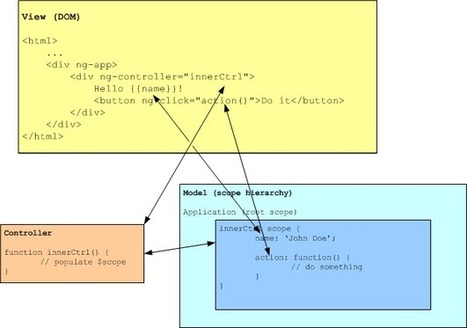The following is my step-by-step refactoring path, including close look at some MVC-ish solutions. You can use it to get ideas on revamping your own spaghetti app, and/or to see how to approach design of <canvas>-based app, specifically. Each step is made as a separate commit in fabricjs.com repo on github.
Research and publish the best content.
Get Started for FREE
Sign up with Facebook Sign up with X
I don't have a Facebook or a X account
Already have an account: Login

Keeping track of current JavaScript Frameworks that help design your clientside Business Logic Layers.
Curated by
Jan Hesse
 Your new post is loading... Your new post is loading...
 Your new post is loading... Your new post is loading...
No comment yet.
Sign up to comment
|
|















